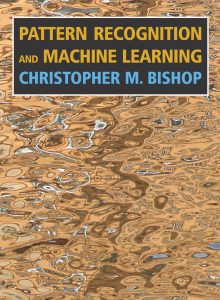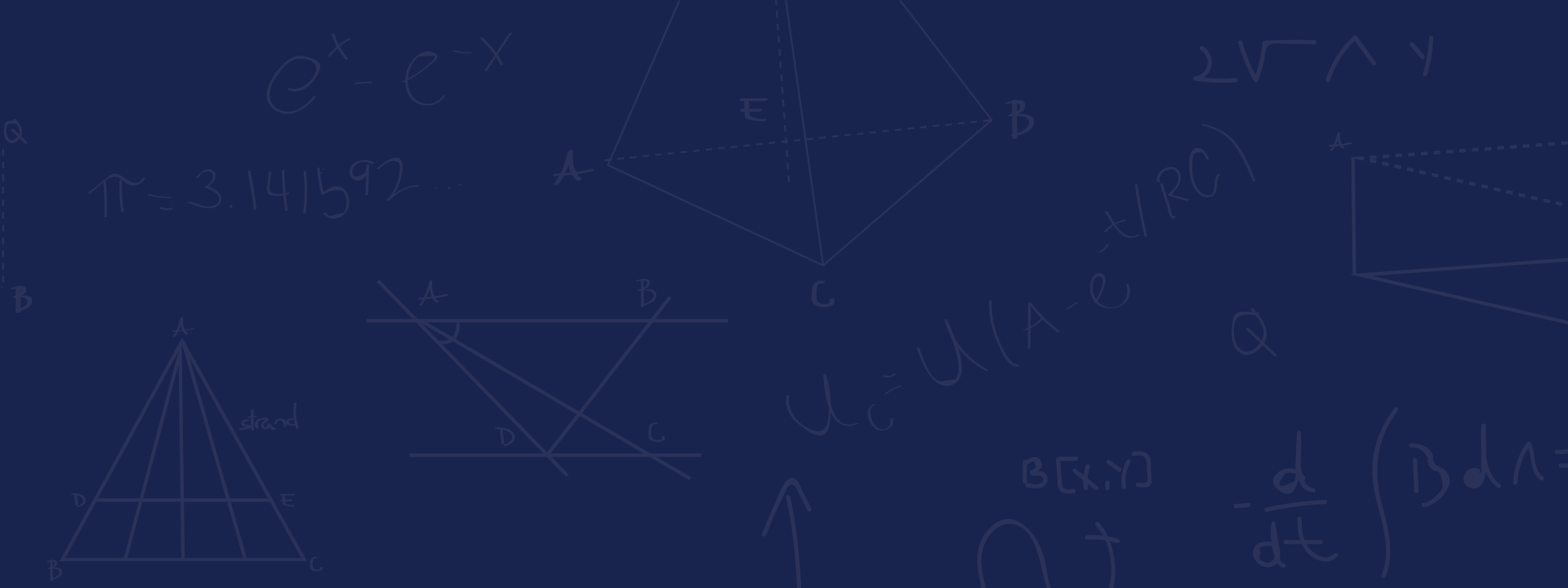PRML Book
Pattern Recognition and Machine Learning
 This leading textbook provides a comprehensive introduction to the fields of pattern recognition and machine learning. It is aimed at advanced undergraduates or first-year PhD students, as well as researchers and practitioners. No previous knowledge of pattern recognition or machine learning concepts is assumed. This is the first machine learning textbook to include a comprehensive coverage of recent developments such as probabilistic graphical models and deterministic inference methods, and to emphasize a modern Bayesian perspective. It is suitable for courses on machine learning, statistics, computer science, signal processing, computer vision, data mining, and bioinformatics. This hard cover book has 738 pages in full colour, and there are 431 graded exercises (with solutions available below). Extensive support is provided for course instructors.
This leading textbook provides a comprehensive introduction to the fields of pattern recognition and machine learning. It is aimed at advanced undergraduates or first-year PhD students, as well as researchers and practitioners. No previous knowledge of pattern recognition or machine learning concepts is assumed. This is the first machine learning textbook to include a comprehensive coverage of recent developments such as probabilistic graphical models and deterministic inference methods, and to emphasize a modern Bayesian perspective. It is suitable for courses on machine learning, statistics, computer science, signal processing, computer vision, data mining, and bioinformatics. This hard cover book has 738 pages in full colour, and there are 431 graded exercises (with solutions available below). Extensive support is provided for course instructors.
To view inside this book go to Amazon.
Available from
-
- A complete set of solutions to all exercises, including non-WWW exercises is available to course tutors from Springer.
- Slides for Chapter 1 (Introduction) in PDF, PowerPoint, and PowerPoint 2007 formats.
- Slides for Chapter 2 (Probability Distributions) in PDF, PowerPoint, and PowerPoint 2007 formats.
- Slides for Chapter 3 (Linear Models for Regression) in PDF, PowerPoint, and PowerPoint 2007
- Slides for Chapter 8 (Graphical Models) in PDF, PowerPoint, and PowerPoint 2007 formats.
-
- Contents list and sample chapter (Chapter 8: Graphical Models) in PDF (opens in new tab) format.
- Solutions manual for the www exercises in PDF (opens in new tab) format (version: 8 September, 2009).
- Complete set of Figures in JPEG, PNG, PDF and EPS formats, see below.
- A PDF file of errata. There are three versions of this. To determine which one to download, look at the bottom of the page opposite the dedication photograph in your copy of the book. If it says “corrected …2009” then download Version 3 (opens in new tab). If it says “corrected …2007” then download Version 2 (opens in new tab). Otherwise download Version 1 (opens in new tab).
- The book has been translated into Japanese in two volumes. Volume 1 (opens in new tab) contains chapters 1-5 plus the appendices, while Volume 2 (opens in new tab)contains chapters 6-14. Support for the Japanese edition is available from here (opens in new tab).
- A third party Matlab implementation (opens in new tab) of many of the algorithms in the book. I’ve not tried this myself and cannot comment on the quality.
-
Below are all of the figures from Pattern Recognition and Machine Learning (except for the photographs in Figures 4.8 and A.4). Copyright in these figures is owned by Christopher M. Bishop. Permission is hereby given to download and reproduce the figures for non-commercial purposes including education and research, provided the source of the figures is acknowledged.
I am very grateful to Markus Svensén who has prepared these figures.
The figures are available in JPG, PNG, PDF and EPS formats. Please note that many of the EPS figures have been created using MetaPost, which give them special properties, as described below.
All figures are available in single zipped folders, one for each format.
The EPS figures
Many of the EPS figures have been created using MetaPost. These figures, which are marked (MP) in the table below, are suitable for inclusion in LaTeX documents that are ultimately rendered as postscript documents (or PDF documents produced from postscript, e.g., using Ghostscript or Acrobat Distiller). However, they are not suitable for inclusion in other types of documents, nor can they be viewed on screen using postscript screen viewers such as Ghostview; this usually also affects DVI screen viewers.
Almost all other EPS figures have been produced using Matlab. Several of these contains LaTeX fonts and this confuses postscript screen viewers such as Ghostview, to which the EPS figure appears to be missing its bounding box. However, these figures will still display on screen and the bounding box will be picked up correctly when these figures are used in LaTeX.


